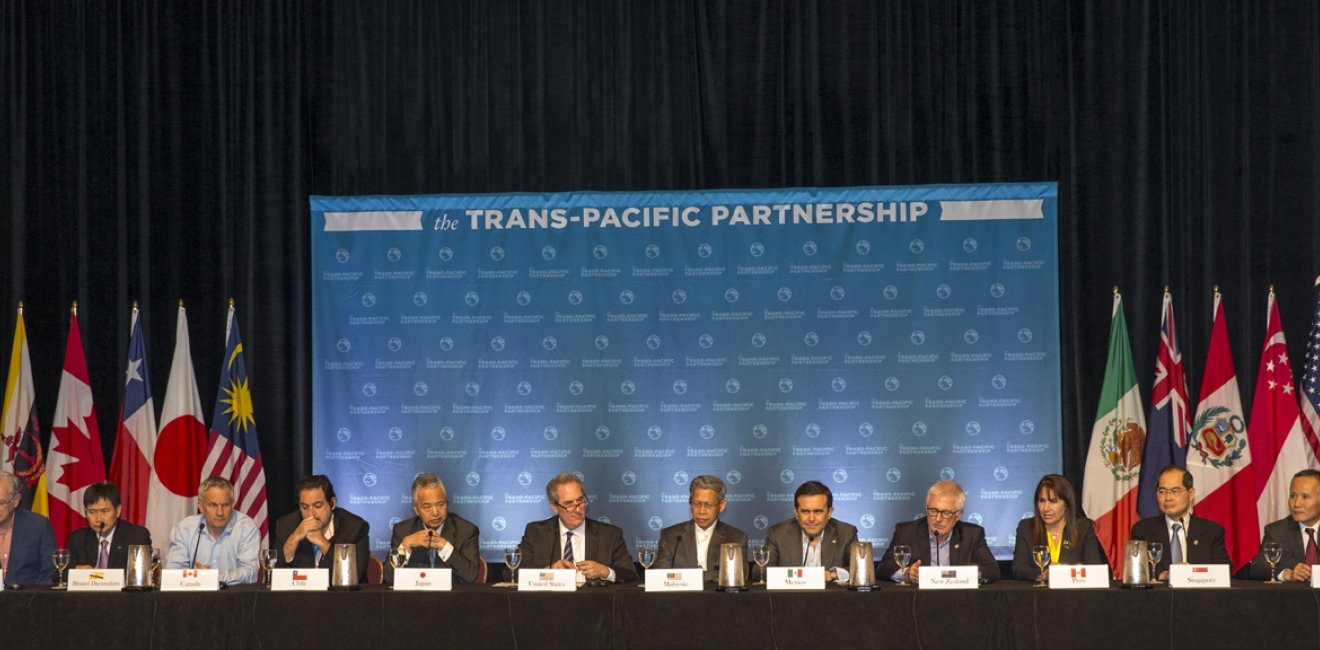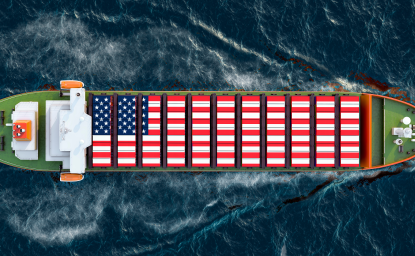On October 4, the 12 trading partners in the Trans Pacific Partnership (TPP) reached agreement after tough negotiations lasting 7 years. [1] The final hurdles on intellectual property protection for pharmaceuticals, market access for dairy products and rules of origin for automobiles were resolved at the recent meeting in Atlanta. (In 2008, President Bush joined the trade negotiations which had started with 3 nations in 2002). The sense of relief is notable, but TTP must still be approved by the U.S. Congress. All 12 countries need U.S. leadership on this major trade agreement and all made concessions to keep the U.S. in the game. For the United States to reject TPP because of pressure from the tobacco, pharmaceutical or any other specific industrial group would indicate American reluctance to play a leadership role in the world. The 11 other parties to TPP are watching the U.S. Congress closely. Will it accept this agreement impacting countries that account for 40% of global GDP and 26% of world trade, or will it withdraw into domestic partisan fights and ignore the global impact?
What kind of an agreement is TTP?
1. It is a traditional trade agreement that lowers tariffs on 18,000 goods, such as automotive products, poultry products and IT technology exports. This provides a significant benefit to U.S. automobile and auto parts manufacturers who currently face high import fees, sometimes as high as 70 percent in foreign markets.
2. TPP is different in that it also extends provisions to the growing trade in services and investments: services such as retail, communications, logistics and entertainment software can no longer be restricted or banned.
3. TTP establishes labor standards including the freedom to unionize and bargain collectively. It prohibits child labor, establishes safe workplace conditions and prohibits employment discrimination. In so doing, TPP effectively renegotiates NAFTA and establishes a more level playing field for American workers.
4. Strong environmental protections are made enforceable. Fishing subsidies are prohibited, as are trafficking in wildlife and illegal logging. Whales, dolphins, sharks, sea turtles and other marine mammals are protected. Ship pollution of the oceans is outlawed and ozone depleting substances are limited.
5. Complex paperwork, corruption, customs ‘red tape,’ restrictions on Internet data flows are addressed with the intent to make it easier for small to medium size businesses to export. At present less than 5% of U.S. companies export their products and the purpose is to facilitate their expansion into overseas markets.
6. Standards to protect digital freedom, including the free flow of information, its access and storage are established subject to government restrictions to fight cybercrime.
7. State-owned companies must compete on a commercial basis without subsidies.
8. Finally, TPP establishes strong requirements for transparency and anti-corruption.
The 11 other parties to TPP are watching the U.S. Congress closely. Will it accept this agreement impacting countries that account for 40% of global GDP and 26% of world trade, or will it withdraw into domestic partisan fights and ignore the global impact?
Enforcement mechanisms must be effective. The chapter on Dispute Resolution creates panels of independent experts to review complaints. Resolution of conflicts initially depends upon consultation and use of alternative dispute resolution mechanisms. If and when that fails, an independent panel of 3 international trade and subject matter experts will consider the case and make its determination within 150 days. If one party fails to comply with the panel’s decision, a party may seek trade retaliation, such as suspension of benefits. This is standard practice in trade agreements, but vigorous enforcement, transparency of the process and relative speed should be the norm. The value of TPP is as good as the teeth it constructs to enforce its rules.
Japan has signed onto TPP despite its negative impact on traditional farming and fishing practices. President Abe’s economic reforms seek to end long standing protectionist policies and open the Japanese economy to global competition. With a two-thirds majority in the Lower House, Abe can hope to enact the competitive TPP measures. An important argument in this debate is the geopolitical consequences of the agreement, bringing Japan closer to the United States. For several years, Tokyo has sought a bilateral trading agreement with Washington, and TPP consolidates Japan’s trading relations with the United States within this regional framework.
Impact on China: As for Japan’s relations with China with whom there currently exists a two-way annual trade of $245 billion, the agreement may result in lower China trade as preference for intra TPP trade replaces commerce with China. In the short term, this is expected to impact China’s economic growth. But as those markets within TPP grow, they should offer stronger opportunities to partner with Chinese producers. In the long run, China will seek to accede to the TPP standards in order to maintain its share of Asian trade.
Currently, the dominance of its subsidized state-owned companies (SOEs) prevents China from joining TPP, but the logic of this trade agreement is that China will not want to be left out. In time, China may seek to comply with the TPP standards and safety/environmental regulations. Placing its SOEs on commercial terms will be a heavy lift for Beijing, but not impossible. With an export dependent economy, China needs to ensure access to overseas markets. We are already seeing Beijing’s hostility to TPP lessen.
This trade agreement creates a trading platform that remains open to new members so long as they conform to the TPP rules. Korea, Colombia, Indonesia and the Philippines have indicated interest in joining. It is also expected to hasten and complete the Trans-Atlantic Trade & Investment Partnership (TTIP), something the German government is anxious to do. However, the timetable for negotiations suggests that completion of TTIP will run over into the next U.S. administration.
Meantime, the Obama administration needs a month to review the final text before depositing before the U.S. Congress. Congress may take up to 90 days to consider the agreement before taking a vote. With Trade Promotion Authority already approved, Congress will not be able to niggle over particular articles, but will vote up or down in favor of the agreement. We trust that an international agreement of this size and impact will not be rejected by the people’s representatives, but will endorse American leadership in the Asia Pacific region.
The opinions expressed here are solely those of the author.
Diana Villiers Negroponte is a Public Policy Scholar at the Woodrow Wilson International Center for Scholars and a former trade lawyer with Paul, Hastings Janofsky & Walker.
[1] Australia, Brunei, Canada, Chile, Japan, Malaysia, Mexico, New Zealand, Peru, Singapore, United States and Vietnam.





